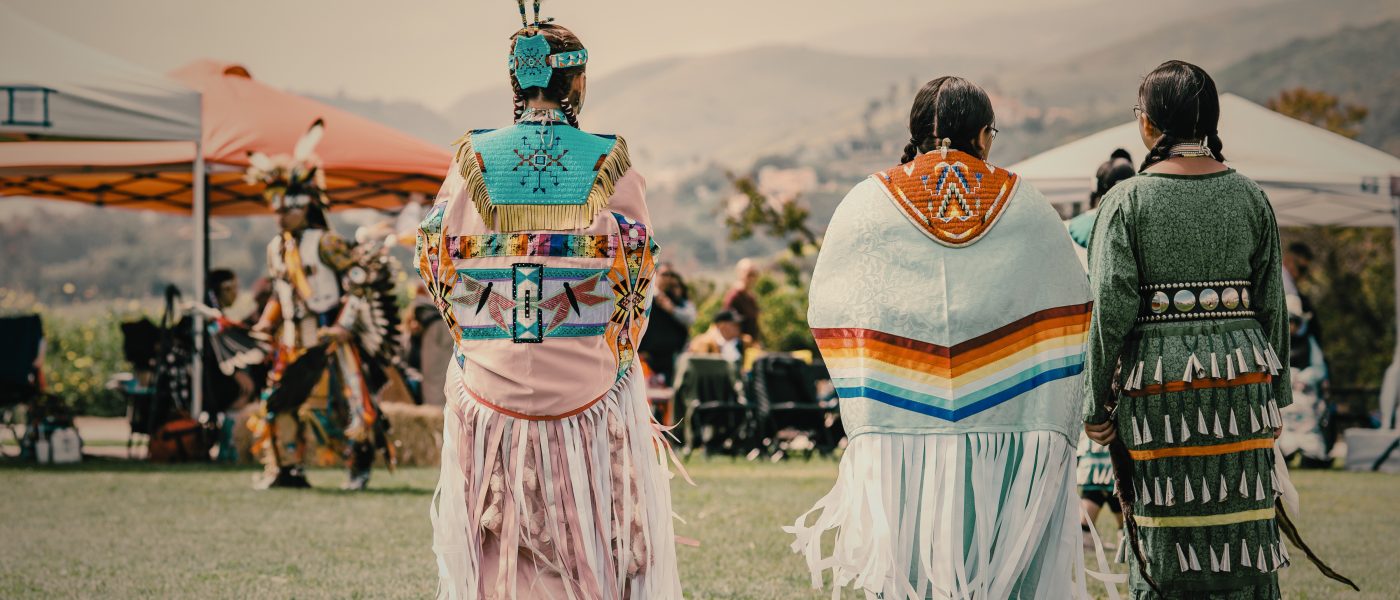
The rich and diverse tapestry of Native American history is woven with resilience, cultural vibrancy, and a deep connection to the land. As we observe National American Indian Heritage Month this November, let’s delve into some compelling facts that highlight the contributions and challenges faced by Native Americans throughout history.
- Historical Significance:
- The inaugural American Indian Day in 1916 marked a significant moment in acknowledging the contributions of Native Americans.
- The journey of Red Fox James, a Blackfeet Nation member, seeking approval for this day from 24 state governments on horseback, reflects the determination and spirit of indigenous communities.
- Recognition and Heritage Month:
- In 1990, President George H.W. Bush designated November as National American Indian Heritage Month, emphasizing the need to honor and celebrate indigenous cultures.
- Since 1994, annual proclamations have continued, recognizing and embracing the diversity of American Indian and Alaska Native heritage.
- Population and Diversity:
- In 2021, the American Indian and Alaska Native population stood at 9.7 million, comprising 2.9% of the total U.S. population.
- There are 324 federally recognized American Indian reservations, including federal reservations and off-reservation trust lands, showcasing the geographical diversity of indigenous communities.
- Language and Cultural Preservation:
- Before colonization, 500 native languages flourished in the U.S. and Canada.
- The impact of boarding schools and assimilation efforts reduced the number of surviving languages to 169, underscoring the ongoing struggle for cultural preservation.
- Agricultural Legacy:
- Native Americans have played a vital role in domesticating up to 60% of the crops we consume today, including corn, beans, squash, potatoes, and tomatoes.
- Democracy and Contributions to the U.S. Constitution:
- The Hoaudenosaunee Confederacy, with its Great Law of Peace, influenced the U.S. Constitution by contributing to the concepts of popular sovereignty, the separation of powers, and a codified constitution.
- Land and Citizenship Challenges:
- Before the Indian Relocation Act in 1830, Native Americans lived across 2.43 billion acres. Today, tribal lands have been reduced to 56,200,000 acres (2.3% of the original land).
- Native Americans were granted U.S. citizenship in 1924, yet they faced discriminatory voting practices until the Voting Rights Act of 1965.
- Contemporary Realities:
- The Navajo Nation, spanning almost 25,000 square miles, is the largest reservation and has the highest number of Native American language speakers.
- Of the 574 federally recognized tribes, only 326 have tribal land. Approximately 68% of Native Americans live on or near reservations, while 16% reside in urban areas.
As we reflect on the history, resilience, and contributions of Native Americans, let’s use this month as an opportunity to deepen our understanding, appreciate the cultural wealth, and work towards a future that respects and uplifts the voices of indigenous communities across the nation.










